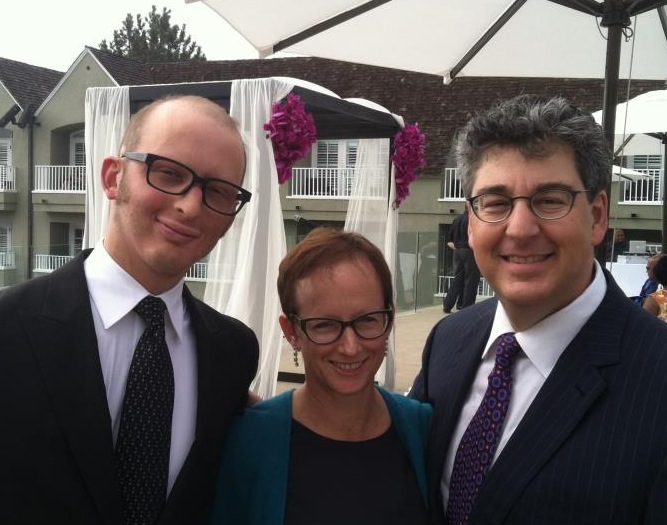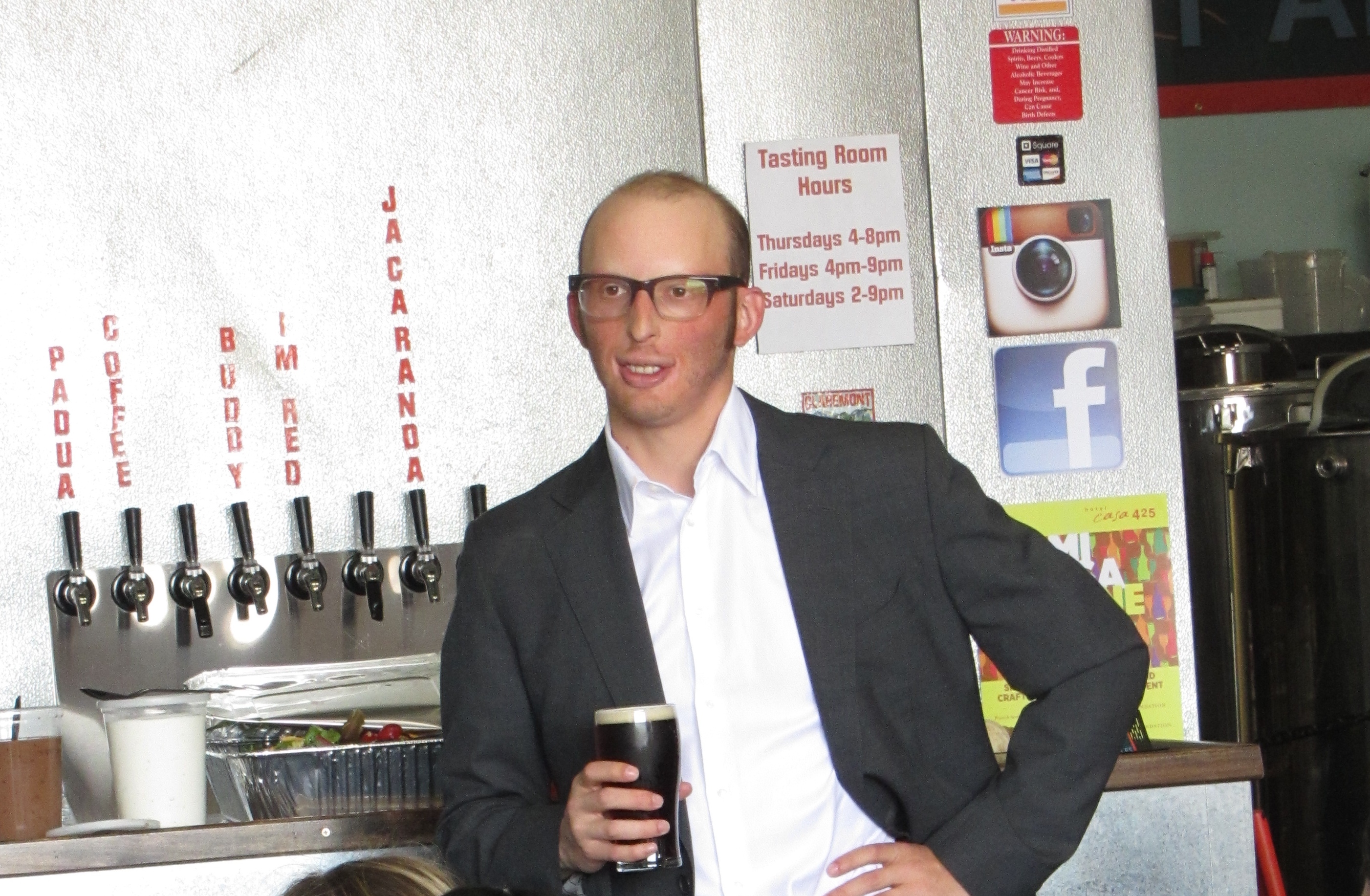
By Jacob Moss
This is part 3 of my dental implant story. Part two left off after I finished up my upper jaw bone graft.
As previously stated, following the bone graft there was a period of about six months before it could be determined if the graft was successful. During that time I returned to life as a full-time college student. Fortunately my graft went as planned and after six months I was given the green light to proceed with my treatment plan.
Next up were the actual implant surgeries. Compared to the bone graft, the implant surgeries were easy. I had two separate procedures that were spaced over the course of about a year. The first procedure involved six upper implants. I was surprised at how straightforward the surgery and recovery was. I was in and out of the doctor’s office in a few hours.
After about two weeks, it was as if I hadn’t had surgery at all. I was extremely diligent about following the doctor’s post-op instructions which is why I think my recovery was so quick. Following the surgery there was once again an extended period of recovery to give the implants time to heal. After about six months my implants were uncovered and tested for strength to determine if they were successful and ready to support an upper bridge.
The time eventually came for my final implant surgery. At this point I had a temporary upper bridge that was affixed to my implants as well as my natural teeth. My lower jaw had nothing but my natural teeth. This surgery was a little bit more ambitious than my first implant procedure. Instead of capping the bottom implants and letting them heal before attaching them to a bridge, we decided to affix a bridge to my new lower implants the very same day.
It was explained to me that loading the implants immediately slightly increased the risk of implant failure but after talking it through, it was clear that the it was worth the risk. This meant that rather than wait another six months, I would leave the doctor’s office with a full set of (temporary) teeth for the first time in my life.
This procedure was a little bit more complicated than my upper implant surgery for a number of reasons. Not only was I getting four new lower implants but I was also having all of my natural teeth pulled. Up to this point my upper bridge was attached to my implants and cemented onto my natural upper teeth. The problem with this was that the natural teeth prevented the bridge from sitting flush with the implants.
Once my teeth were pulled and my lower implants installed, Dr. Simon (my prosthodontist), joined the party. He arrived to assist my oral surgeon with reinstalling my upper bridges and installing my lower bridges for the first time. This whole process took quite a while because he had to modify the temporary bridges to ensure a correct fit.
All in all the final procedure took almost 12 hours! It was a very long day but I was pretty out of it the entire time so I didn’t experience any pain. As far as I was concerned the whole thing took 15 minutes!
Following my final surgery I took it easy and once again followed my doctor’s instructions regarding the healing process. In a few days I felt pretty much back to normal except for one huge difference: I had bottom teeth for the first time. Dr. Simon warned me that it could take me a while to get used to my new teeth.
Much to my delight and surprise, I adjusted quickly and didn’t have difficulty chewing or speaking. Being the pessimist that I am, I had assumed I would have to relearn how to talk and how to eat. It did feel different chewing and talking but after a few days I was able to adapt to my new mouth set-up and within a few weeks it was like I had always had a full set of teeth.
I had all my implants but I still had temporary bridges. Now came the most tedious part of the entire dental implant process: dialing in my bridges. Every few weeks I would go to Dr. Simon’s office and depending on the day he would sometimes remove my bridges and take bite impressions or leave the bridges in and take impressions.
He took many detailed photos of not only my teeth but also my face, smile and side profile to see how the teeth looked. Every few months he would install a new temporary bridge that had been slightly modified to fit and look better. This part of the process got a bit frustrating but I am very thankful for how detail oriented Dr. Simon was.
He was meticulous because he wanted to be absolutely sure that when he had the final bridges made that they would fit perfectly in my mouth both for aesthetic reasons and most importantly for health reasons. Finally the day came and I received my final bridges. The funny thing is that they didn’t really look any different from my last temporary bridge. The only difference was that the finals were made from a much stronger material.
I wish I could say I had some glorious moment where I broke down in tears of joy upon realizing I was done with the whole implant process but instead it just felt very normal which I figured was a good sign.
Some Concluding Thoughts
The entire process itself was a slow one. I could write chapters and chapters on each of my appointments and procedures. Luckily, I did not experience any significant complications. As far as the procedures and the healing process goes, everything went as planned.
The most challenging part of this entire adventure was the anxiety and fear I experienced before and during the process. I was anxious about the surgeries and what having a full set of teeth would be like. Would I look different in a bad way? Would I be able to talk normally? Would I be able to chew my food? What happens if something goes wrong with an implant? These were things that were constantly running through my head.
While those concerns were perfectly normal to have, I was channeling them in a not so helpful way which caused me to feel incredibly anxious about the overall process. Part of this was because of the experience I had with the first doctor and part of it was because I am an anxious person and always have been.
Before each of my surgeries I would work myself up to the point of exhaustion. When the surgery was over and I was fine, I would feel extreme relief. My rationale was that the pre-surgery anxiety would prepare me for the worst and if the worst didn’t come then I’d be relieved.
Thinking back now, I realized that was a silly way of going about it. My feelings were completely justified but instead of taking a constructive route to minimize my anxiety I was stubborn and caused myself much more mental anguish than I should have.

[…] My Smile – 23 Years in the Making – Part 3 […]
[…] My Smile – 23 Years in the Making – Part 3 […]
[…] My Smile – 23 Years in the Making – Part 3 […]